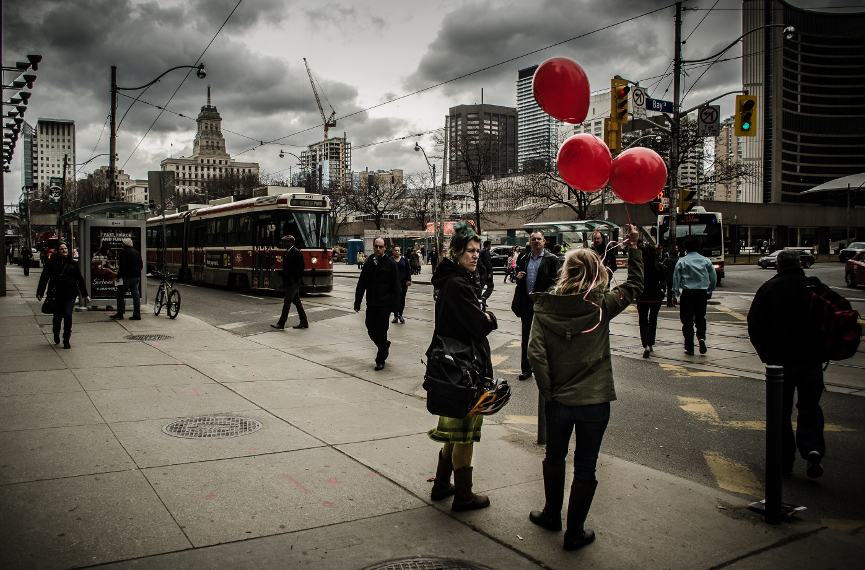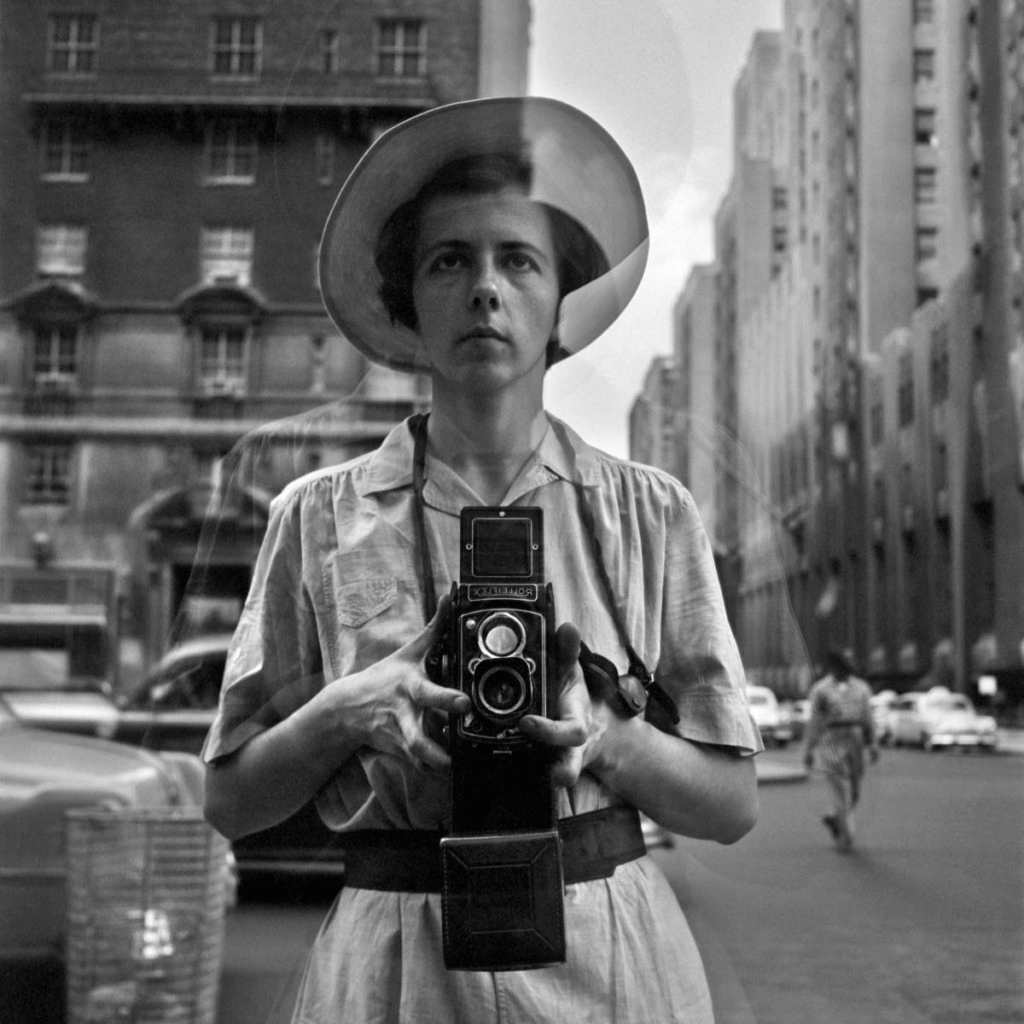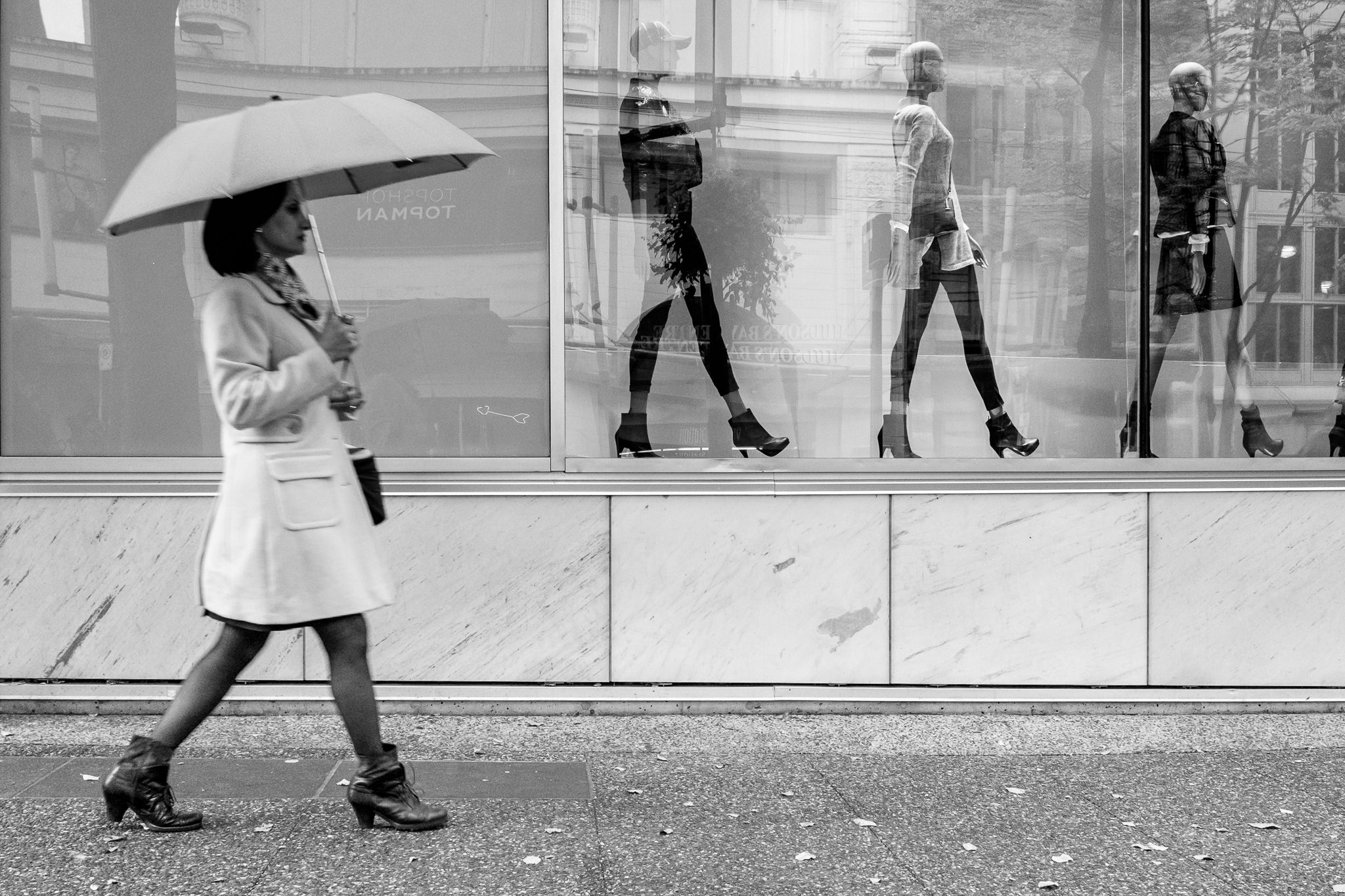9 Easy Facts About Framing Streets Explained
About Framing Streets
Table of ContentsThe 45-Second Trick For Framing StreetsThe Best Guide To Framing StreetsThe Basic Principles Of Framing Streets Framing Streets Can Be Fun For EveryoneGetting The Framing Streets To WorkNot known Factual Statements About Framing Streets
Digital photography style "Crufts Canine Program 1968" by Tony Ray-Jones Road digital photography (also in some cases called candid photography) is digital photography performed for art or query that includes unmediated chance experiences and random incidents within public places, generally with the goal of catching images at a definitive or emotional moment by mindful framework and timing. 
Subsequently his boots and legs were well defined, but he is without body or head, due to the fact that these remained in activity." Charles Ngre, waterseller Charles Ngre. https://soundcloud.com/framingstreets1 was the first digital photographer to obtain the technological elegance required to sign up people in movement on the road in Paris in 1851. Digital Photographer John Thomson, a Scotsman dealing with journalist and social activist Adolphe Smith, released Street Life in London in twelve month-to-month installations starting in February 1877
Some Ideas on Framing Streets You Need To Know
Eugene Atget is considered as a progenitor, not due to the fact that he was the first of his kind, but as a result of the popularisation in the late 1920s of his document of Parisian roads by Berenice Abbott, that was inspired to embark on a similar paperwork of New York City. [] As the city established, Atget helped to promote Parisian streets as a deserving topic for digital photography.

The 30-Second Trick For Framing Streets
Martin is the very first recorded professional photographer to do so in London with a disguised cam. Mass-Observation was a social study organisation established in 1937 which intended to tape everyday life in Britain and to tape-record the reactions of the 'man-in-the-street' to King Edward VIII's abdication in 1936 to wed separation Wallis Simpson, and the sequence of George VI. The go to this website principal Mass-Observationists were anthropologist Tom Harrisson in Bolton and poet Charles Madge in London, and their very first record was created as guide "May the Twelfth: Mass-Observation Day-Surveys 1937 by over 2 hundred observers" [] Window cleaner at Kottbusser Tor, Berlin, by Elsa Thiemann c. 1946 The post-war French Humanist College photographers located their topics on the road or in the restaurant. Between 1946 and 1957 Le Groupe des XV every year displayed job of this kind. Andre Kertesz. Circus, Budapest, 19 May 1920 Road digital photography formed the significant web content of 2 exhibits at the Gallery of Modern Art (Mo, MA) in New york city curated by Edward Steichen, 5 French Photographers: Brassai; Cartier-Bresson, Doisneau, Ronis, Izis in 1951 to 1952, and Post-war European Digital Photography in 1953, which exported the principle of street digital photography worldwide.

Framing Streets Things To Know Before You Get This
, after that a teacher of young youngsters, linked with Evans in 193839.'s 1958 publication,, was considerable; raw and often out of focus, Frank's images questioned mainstream photography of the time, "tested all the official regulations laid down by Henri Cartier-Bresson and Pedestrian Evans" and "flew in the face of the wholesome pictorialism and sincere photojournalism of American magazines like LIFE and Time".